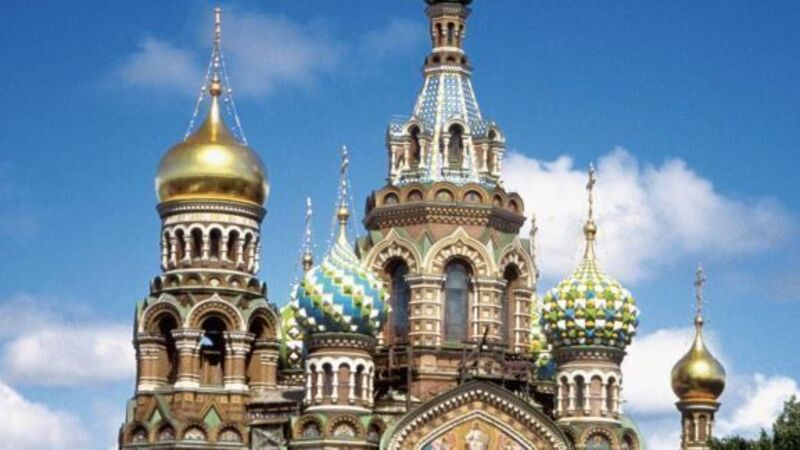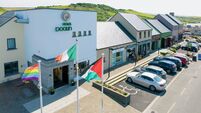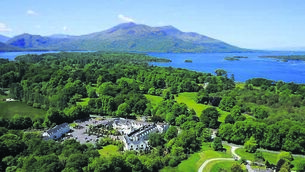Crimson skies of a marshland miracle

In the centre of the city, when I lived in St Petersburg, I often walked through the intricate urban design and strange history. The cathedral on Canal Griboyedova, which looks like a pleated cake, mostly in blue and gold, is named Spas na Krovi, the Saviour on Spilled Blood. Here Alexander II, a great reformer who abolished serfdom, was killed by a team of anarchist assassins, a script pretty closely followed later on by Gavrilo Princip in Sarajevo.
One day, almost immediately after arriving in the city in 2006, I strolled into the Summer Garden and looked at the low palaces across the Fontanka River. According to a guide who spoke through a megaphone with a crackling sound from a tourist boat, in one of the palaces anybody caught practicing cannibalism during the Great Siege was hanged. A million froze and starved to death, and only about a hundred cases of cannibalism were recorded.
An old woman in the courtyard next to the building where I lived showed me her knotty, arthritic fingers and claimed there had been something wrong with them ever since she, as a child, had to collect snow with her hands from the yard so her family would have drinking water during the siege.
I expected her to hate Germans on that account, but instead, she told me a story about a dashing German officer who had been in love with St Petersburg for years but could never afford to visit. During the war he was stationed in hills outside the city, bombing St Petersburg, but in his spare time, he admired the steeples: St Isaac’s in gold, Trinity dome in navy blue, another church in crimson, Kazan in dark green copper, and Smolensk in blue, almost indistinguishable from dusky skies, except for the white stone beneath the dome glowing even after the sun set.
Later the officer worked as a prisoner of war in a tractor factory, where my neighbour knew him, and then, without ever having visited the city, he was sent back to Germany. He corresponded with her, and 20 years later on a cold day, he visited, so overjoyed that he collapsed and died of a heart attack at her doorstep. She wept after telling me the story.
After listening to her, I walked out of the courtyard to the Kazan Cathedral on Nevsky Avenue, which had for a long time stood somber, sooty, neglected. Stalin, a former divinity student, had turned this cathedral where tsars had been crowned into a museum of atheism. But now people lined up in front of the Lady of Kazan icon, and kissed her, to be cured.
Dostoevsky, Rasputin, and tsars Alexander III and Nicholas II had all kissed that lady. And when in the Rembrandt-like dark, illuminated by trembling orange candlelight, a female choir began to chant, the intensity of the history and spirituality and beauty made me shiver.
Just a few blocks off Nevsky, I visited Dostoevsky’s apartment (he never owned, only rented), where he died after writing a note to his daughter; the place is next to Rynok, an indoor marketplace that with its opaque glass roof gathers warm brownish light, intensified by colours of cherries, caviar, honey, tomatoes, cucumbers, cheeses, and skinned rabbits.
During the White Nights, on the side of the pale blue Winter Palace, I gazed for hours into sky and pastel shades of the palaces laid out horizontally on the other side of the Neva River — no tall buildings, only the Admiralty and the Peter and Paul Fortress glowing with the rays of the disappeared sun — and wished I were a Dutch painter. But I didn’t need to be: there was more beauty above me and beyond me than I could comprehend.










